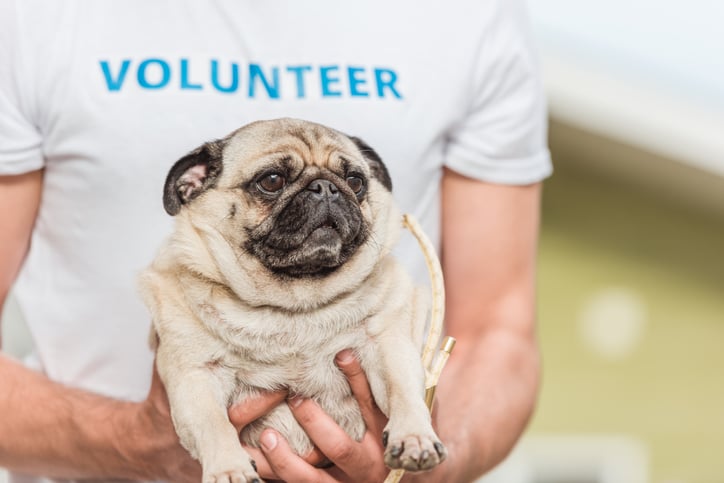
What should volunteer engagement look like as we move forward with the next phase of COVID-19 response? While things are opening back up, we are not just returning to life as it was before March.
What should we consider before inviting volunteers to return, and how can we ensure that we’re doing our best to protect our volunteers, our clients, and others in our organization?
Moving Forward: Volunteer Engagement During COVID-19
1. Update Your Policies
Ensure that volunteer staff are included in your organization’s reopening plans. What policies will apply to volunteers, and are you following all of the current (or future) CDC best practices for reopening? Will volunteers be asked to wear a mask? How will you handle a volunteer that can’t or won’t wear one? If a volunteer comes in with a fever or cough how will you respond? Can you provide easy access to hand washing stations and Personal Protective Equipment, like masks or gloves? How do you expect volunteers to participate to keep everyone safe, and how will you respond if these policies aren’t followed? As you are thinking through these questions, you may be looking for additional resources on implementing new policies. Join us for our webinar on June 23rd Successfully Implementing Volunteer Program Changes to learn more about what your organization can do.
2. What Do Your Volunteers Think?
Get a sense of what your volunteers are worried about, or what they need from you, before they come back. A survey, facilitated conversation, or focus group can be a great way to identify volunteer concerns or needs. Include information on what you anticipate volunteering to look or feel like – would you be comfortable volunteering with clients while everyone wears a mask? Or would you feel more comfortable if it’s behind a clear barrier? Once you get feedback from volunteers, set up time to get feedback from paid staff and clients to ensure that all stakeholders have an opportunity to weigh in on what they need to feel comfortable coming back.
3. Respect And Enforce Boundaries
Sometimes we need to ensure that our volunteers practice good self care. Especially with our older adult volunteers or those that are in a higher risk population, we may need to say no even if the volunteer wants to come back. What is your policy around managing volunteers when they are considered to be part of a vulnerable population? What are your guidelines around if someone from a higher risk population still wants to volunteer? What feels safe to your organization and the individual volunteers? Do you give these groups priority over safer volunteering opportunities like virtual ones? Make it as easy as possible for volunteers to stay engaged while still staying safe, and think of creative ways to follow the guidelines you established, while creating and finding opportunities everyone can be involved in.
4. Build On The Progress
We’ve responded with Zoom meetings and virtual volunteer opportunities. Now is the time to evaluate what worked, what didn’t, and build more flexibility into our volunteer opportunities and engagement strategies. Can you continue online orientations, trainings, and meetings? Building on what you’ve learned, are there creative ways to think about how to engage meaningful or mission-driven virtual or remote opportunities into your organization?
Looking For A Crystal Ball
It can feel overwhelming to plan for what comes next. We can only try to anticipate how long this next phase will last or what new guidelines we’ll need to accommodate. Unfortunately, none of us have a crystal ball, but we can be prepared to continue to find new solutions as the situation evolves. But what we can do is continue to ask ourselves, how can we move forward, keep our volunteers safe, and respond in a way that makes sense for our organization and the clients we serve?
Additional Resources
Stay up to date with recommendations and best practices on VolunteerMatch’s COVID-19 Resource Hub and join our VolunteerMatch Collaborative Slack channel to learn more about what others are doing and share how your organization is responding.
Successfully Implementing Volunteer Program Changes
Webinar | Tuesday, June 23, 2020 | 11:00am PST/ 2:00pm EST
Because of COVID-19, you most likely are having to re-evaluate your volunteering policies and procedures as states across the U.S. are re-opening. How do you change these in a strategic way? This webinar will give you the tools to do just that as well as practical tips when you are implementing the new policies.




